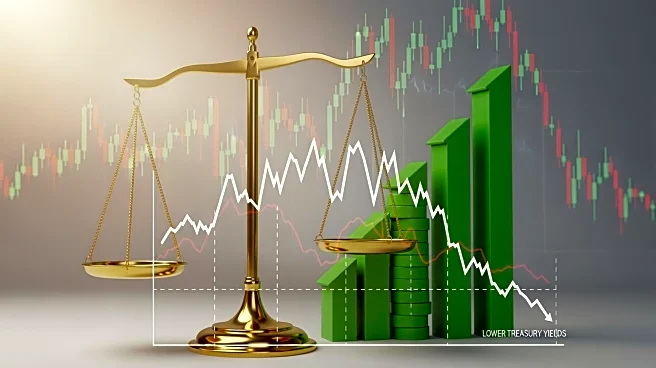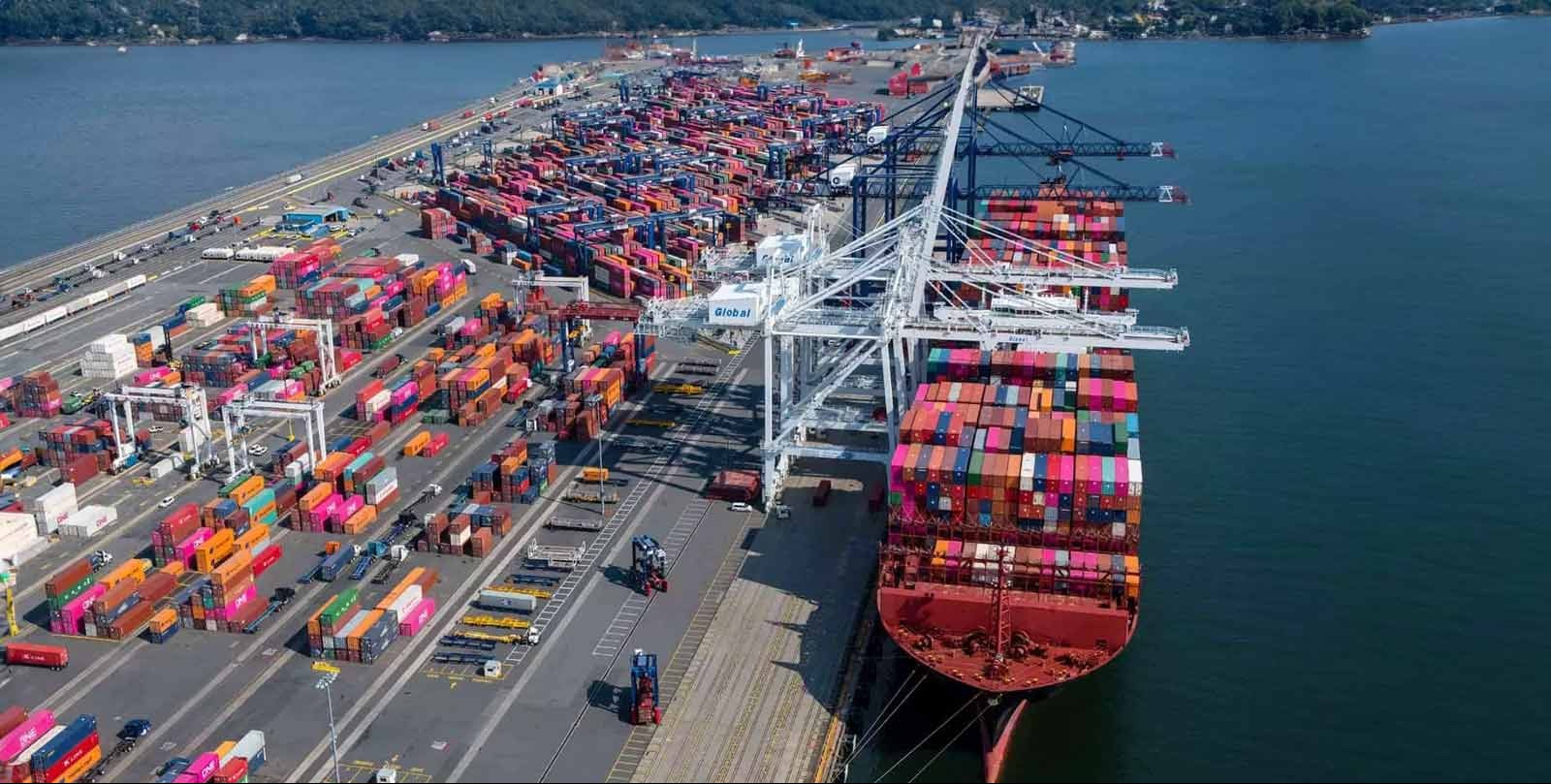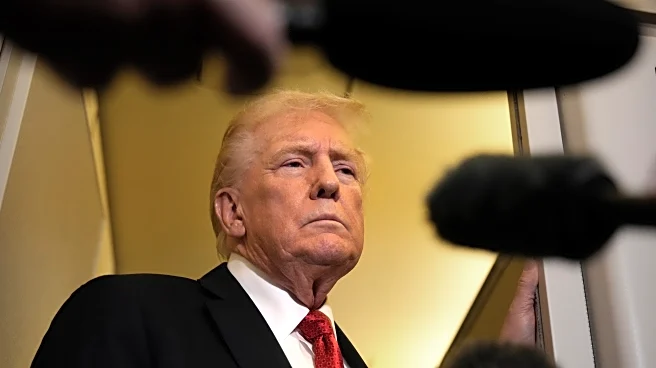What's Happening?
Gold prices experienced their steepest drop since 2013, falling by approximately 5% as investors took profits amid optimism over U.S. trade talks and the potential resolution of the government shutdown.
The decline marked a significant pause in a year-long surge driven by inflation concerns, geopolitical instability, and record central bank purchases. Spot gold fell as much as 6% to a low of $4,090.97 per troy ounce before recovering slightly, marking the largest one-day percentage decline since June 2013. U.S. gold futures also slid 5.4% in New York trading, settling around $4,100 per ounce. Despite the losses, gold remains up 57% for the year, highlighting its strong performance amid global economic uncertainty.
Why It's Important?
The sharp decline in gold prices is significant as it reflects changing investor sentiment and the impact of geopolitical developments on commodity markets. The optimism surrounding a potential U.S. trade deal with China and progress in resolving the government shutdown has eased risk sentiment, prompting investors to cash in on substantial profits. This downturn also affected equity markets, with shares of gold miners experiencing sharp declines. The VanEck Gold Miners ETF, a global benchmark for mining stocks, dropped 9.4%, while Newmont Corp., the world's largest gold producer, fell 9%, leading declines in the S&P 500 index. These movements underscore the interconnectedness of commodity and equity markets and the influence of geopolitical factors on investment strategies.
What's Next?
The temporary pause in gold's rally may continue in the coming weeks as investors reassess risk and geopolitical developments unfold. Analysts suggest that the optimism over trade talks and government shutdown resolution could lead to further easing of risk sentiment, potentially stabilizing gold prices. However, ongoing global economic uncertainty and inflation concerns may continue to support gold's long-term appeal as a safe-haven asset. Market participants will closely monitor developments in U.S.-China trade negotiations and government policy decisions, which could influence future price movements in the precious metals market.













